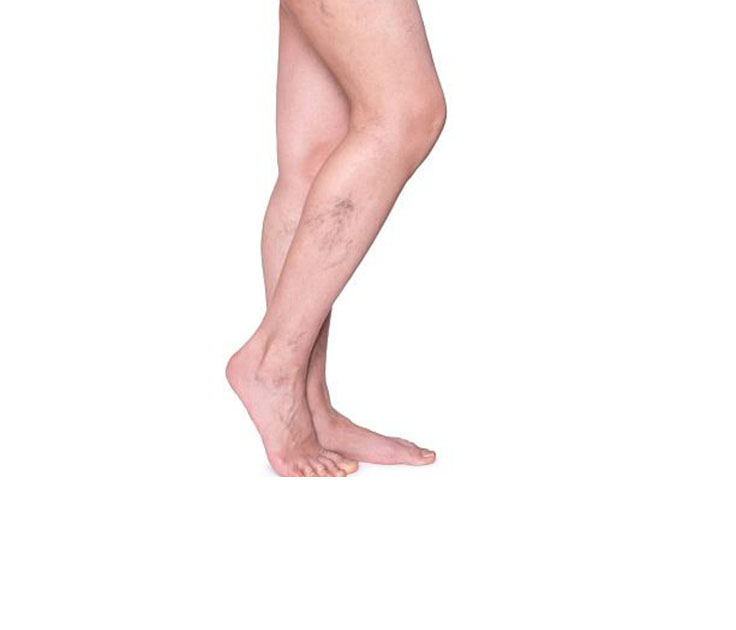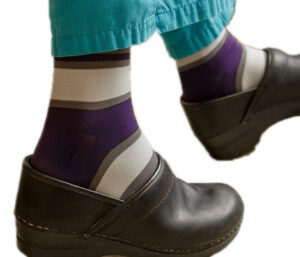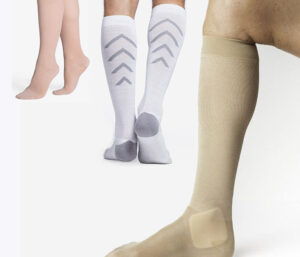As we age, our blood circulation is not what it used to be. The heart has to work harder to pump the blood out, and our muscles and veins in our legs have to work harder to get the blood back to the heart. The real tricky part is signs that you have poor blood circulation in the legs my sneak up on you. There are times that these signs are there, but not as noticeable as say, a sudden migraine. However, left untreated they can get worse and cause bigger issues down the road. The good news is there is affordable relief from hidden signs of poor leg circulation.
What are the hidden signs of poor leg circulation?
If you know what to look for, the hidden signs of poor circulation become not so hidden. In fact, they become pretty easy to spot. The common symptoms are:
- Tingling or numbness in the legs
- Sharp and/or throbbing pains in the arms and legs
- Muscle cramping
- Swelling or heaviness in the extremities
- Constantly cold extremities
- Non-healing wounds in the lower extremities
- Constant pain in the foot at rest
If you ever sat on your foot or leaned on your arm too long and felt a tingling, that is a temporary loss of circulation. If you have poor circulation in the legs, you could feel that type of sensation in your legs more often. Also, if you have not done a workout or strenuous walk, yet your legs are cramping or even worse, giving you sharp pains, these are signs you have poor blood circulation in the legs.
A Common Cause, Venous Diseases.
One of the common causes of poor blood circulation in the legs is venous diseases. There are two different types, Varicose veins and Chronic Venous Insufficiency. Varicose veins occur when there is damage to the valves within your veins. These appear as swollen, ropy, darkly colored veins visible just beneath the skin. Chronic Venous Insufficiency (CVI) is a condition that affects around 40% of the U.S. population and refers to a condition in which the venous walls in the legs fail to work efficiently and struggle to return blood to the heart. There are other possible reasons, such as diabetes, so we encourage you to go see your physician.
Compression Socks offer relief from hidden signs of poor leg circulation.
As we mentioned before, the heart is not strong enough by itself to get the blood back up the veins in your legs and back to your heart. Veins located deep in the leg, are responsible for returning 90-95% of venous blood from the leg back to the heart. Small valves throughout the veins and muscle contractions from your skeletal muscles push blood back to the heart when you walk and move about. Think of it as traffic control for your blood. In total, it’s a combination of blood pressure from the heart’s pumping action, the valves, and muscle movement that gets the blood up the legs against gravity. Compression socks use a specialized weave of strong elastic to create pressure on the muscles in the legs, ankles, and feet. Gentle pressure from compression socks offer relief and help get the blood back to the heart. With compression socks, leggings, and hosiery, that pressure is the most at the ankle and feet and less around the calf, unlike tights that apply pressure evenly. Think of a plastic bag of water, then gently squeezing the bottom with your hand, the water moves up. If you put your second hand and squeezed a little less, the water will still move further up. That is how compression hosiery works. This stops the blood from pooling in your legs, causing camps and soreness. With optimal blood flow in your legs, your legs and feet will have less fatigue. Also, you will have little to no tingling due to loss of blood flow.
Compression Socks and hosiery have different levels of pressure, measured in mm Hg (millimeters of mercury). This type of measurement is associated with different blood pressure levels. To learn more about the different pressure levels, click and read Compression Socks and Stockings, the Ultimate Guide.
We do want to caution you that not all compression socks and compression legwear are the same. For example, our customers have bought compression socks at places like Walmart and find they do not last any considerable amount of time. Also, budget compression socks that you find at some big box stores are uncomfortable, pinching at the calf or thigh. You will want to get your compression socks at a medical supply store like ours, Bayshore Medical Supply in Pasadena, TX. We carry medical compression socks recommended by nurses and doctors and are guaranteed for at least 6 months. The compression socks we carry are higher quality, 4-way stretch for maximum comfort.
If you are in the Pasadena, TX or Southeast Houston area, you can stop by our medical supply store at 4205 Spencer Hwy, Pasadena, TX 77504 or call us at 713-472-8585. We’re open Monday, Tuesday, Wednesday, and Friday from 9:00 am to 5:30 pm, Thursday 9:00 am to 8:00 pm, and Saturday from 10:00 am to 2:00 pm.




